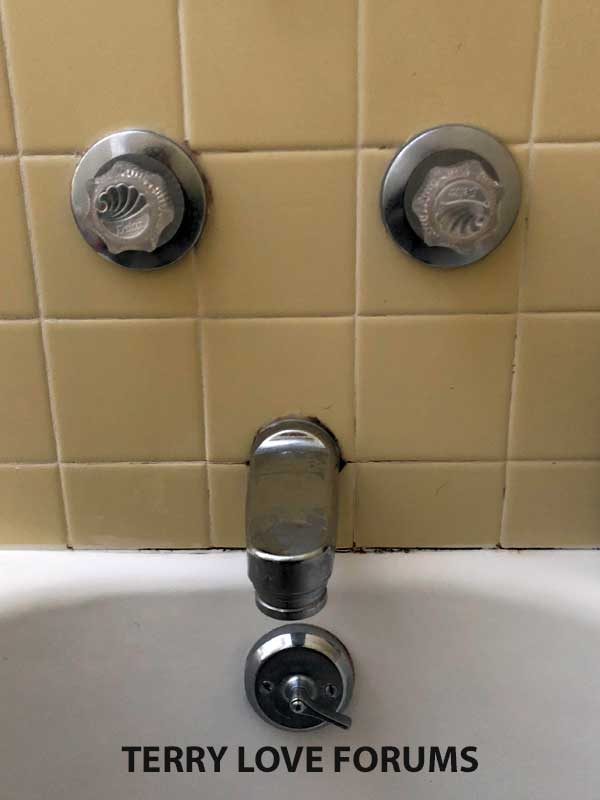Hey all. I’ma new poster but long time lurker or this forum. My house is a 1950s ranch home that’s a pretty simple 1.5 bathroom house. Currently, the hot water pressure to the bathroom isn’t that great and using any fixture while taking a shower will scald the person taking the shower. I’m hoping to rectify this situation by upgrading/changing the plumping. Appears the main line is 3/4 coming in and reduces down to 1/2 after the softener over to the runs to everything else. 3/4 pex over to the softener. What would you recommend I do in this situation. I included some pics of the mess I have. It gets really confusing when it starts t-ing off to the W/D, downstairs sink and up to the bathroom. Plumber thinks I should upgrade to 3/4 pex all the way to the bathroom and to new 1/2 to fixtures. Thanks!
https://imgur.com/a/jcw8HLw
https://imgur.com/a/jcw8HLw

